-
 Bitcoin
Bitcoin $112400
1.41% -
 Ethereum
Ethereum $4479
3.93% -
 XRP
XRP $2.862
2.31% -
 Tether USDt
Tether USDt $1.000
0.01% -
 BNB
BNB $861.0
1.36% -
 Solana
Solana $211.0
3.61% -
 USDC
USDC $0.0000
0.01% -
 Dogecoin
Dogecoin $0.2188
2.97% -
 TRON
TRON $0.3414
1.21% -
 Cardano
Cardano $0.8402
2.82% -
 Chainlink
Chainlink $23.80
3.12% -
 Hyperliquid
Hyperliquid $46.21
4.07% -
 Ethena USDe
Ethena USDe $1.001
0.02% -
 Sui
Sui $3.377
3.64% -
 Bitcoin Cash
Bitcoin Cash $595.1
1.96% -
 Stellar
Stellar $0.3651
1.03% -
 Avalanche
Avalanche $25.42
6.38% -
 Hedera
Hedera $0.2219
3.04% -
 Cronos
Cronos $0.2779
9.38% -
 UNUS SED LEO
UNUS SED LEO $9.497
-0.62% -
 Litecoin
Litecoin $112.8
2.05% -
 Toncoin
Toncoin $3.172
0.97% -
 Shiba Inu
Shiba Inu $0.00001254
1.38% -
 Polkadot
Polkadot $3.882
2.70% -
 Uniswap
Uniswap $9.714
2.38% -
 Bitget Token
Bitget Token $5.018
0.46% -
 World Liberty Financial
World Liberty Financial $0.2205
-2.95% -
 Dai
Dai $1.000
0.01% -
 Monero
Monero $270.7
3.06% -
 Aave
Aave $327.8
4.76%
What is margin trading on Binance?
Binance allows margin trading with borrowed funds, offering amplified profits but higher risks, including liquidation and interest charges.
Jul 18, 2025 at 12:22 am
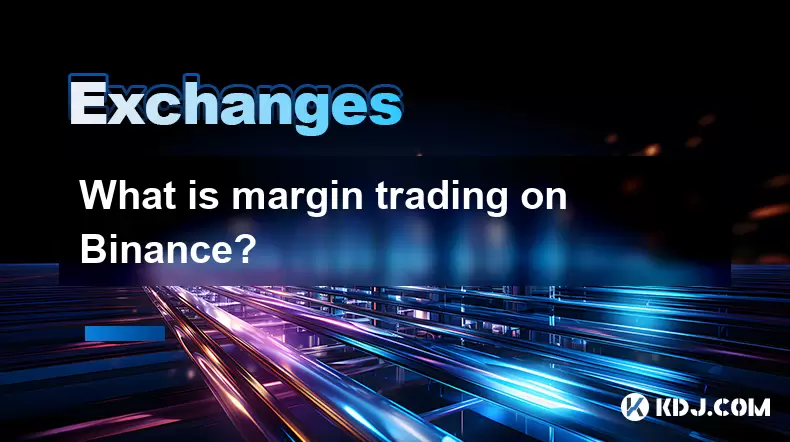
Understanding Margin Trading on Binance
Margin trading on Binance refers to a method of trading where users borrow funds from the platform or other users to increase their trading position beyond what their account balance would normally allow. This borrowed capital enables traders to amplify their potential profits, but it also increases the risk of larger losses. Binance offers two types of margin accounts: Isolated Margin and Cross Margin. Each has its own risk and reward structure.
How Margin Trading Works
When a user engages in margin trading, they are essentially using leverage to trade with more capital. For example, if a trader has 0.1 BTC and uses 5x leverage, they can open a position worth 0.5 BTC. This leverage is provided by the platform through a margin account. Traders must maintain a certain amount of collateral in their margin wallet to cover potential losses. If the value of the collateral drops below the maintenance margin level, a margin call or liquidation may occur.
Types of Margin Accounts on Binance
Binance provides two types of margin accounts:
- Isolated Margin: In this mode, each trading pair has its own dedicated margin. The risk is limited to the collateral allocated for that specific trade. Liquidation affects only the isolated position, not the entire account.
- Cross Margin: Here, all assets in the margin wallet are used as collateral across all open positions. This increases the flexibility of fund usage but also exposes the entire margin balance to potential liquidation.
Users can switch between these modes depending on their risk appetite and trading strategy.
Steps to Enable Margin Trading on Binance
To start margin trading on Binance, users must first activate their margin account. Follow these steps:
- Log in to your Binance account and navigate to the Margins section under the Trade menu.
- Click on the Enable Margin Account button. This process is irreversible and applies to all margin trading pairs.
- Once enabled, you will see a MARGIN tab where you can transfer funds from your Spot Wallet to the Margin Wallet.
- Select the cryptocurrency you want to deposit and enter the amount. Confirm the transfer.
- You are now ready to borrow funds and start trading with leverage.
It’s important to note that borrowing interest is charged based on the amount and duration of the loan.
How to Borrow and Repay Funds
After activating the margin account and transferring funds, users can borrow additional assets to increase their trading power. Here’s how:
- Go to the Borrow section under the selected trading pair in the MARGIN tab.
- Choose the asset you want to borrow and enter the amount.
- Review the daily interest rate and click Borrow.
- Once borrowed, the funds will be available in your margin wallet for trading.
- To repay the loan, go to the Repay section, select the borrowed asset, and enter the repayment amount.
Failure to repay on time can result in liquidation or additional interest charges.
Risks and Considerations in Margin Trading
While margin trading offers the potential for higher returns, it also comes with significant risks. Some key points to consider include:
- Liquidation: If the value of your collateral drops below the required maintenance level, your position will be automatically closed to prevent further losses.
- Interest Costs: Borrowing funds incurs interest, which can eat into profits if not managed properly.
- Market Volatility: Sudden price swings can trigger liquidation, especially with high leverage.
- Complexity: Margin trading requires a good understanding of market dynamics and risk management strategies.
Users should always assess their risk tolerance and use tools like stop-loss orders to mitigate potential losses.
Frequently Asked Questions (FAQ)
Q: Can I transfer funds between my Spot and Margin wallets?Yes, users can freely transfer funds between the Spot and Margin wallets. However, once funds are in the Margin wallet, they are subject to margin requirements and potential liquidation.
Q: What happens if I fail to repay a margin loan on time?If you don’t repay your margin loan, interest will continue to accrue. In extreme cases, Binance may automatically liquidate your assets to cover the loan and interest.
Q: Is there a minimum amount required to start margin trading on Binance?There is no strict minimum, but users must have sufficient funds in their Margin wallet to meet the initial margin requirements for the trading pair they wish to use.
Q: How is the interest rate determined for margin loans?The interest rate is determined by Binance and varies based on supply and demand for the asset. Users can view the current rates in the Borrow section before taking a loan.
Disclaimer:info@kdj.com
The information provided is not trading advice. kdj.com does not assume any responsibility for any investments made based on the information provided in this article. Cryptocurrencies are highly volatile and it is highly recommended that you invest with caution after thorough research!
If you believe that the content used on this website infringes your copyright, please contact us immediately (info@kdj.com) and we will delete it promptly.
- Layer Brett Takes on SHIB and Pepe: The Meme Coin Evolution
- 2025-09-04 00:45:16
- Trump Sons, Bitcoin Mining, and Nasdaq: A New York Minute on ABTC
- 2025-09-04 00:25:14
- Layer Brett: From Memecoin Mania to Growth Potential?
- 2025-09-04 00:45:16
- Bitcoin ETFs, Digital Assets, and Retail Investors: A New Era
- 2025-09-04 00:30:12
- Crypto Lawyer Clears the Air: XRP vs. RLUSD in Ripple's Payment Ecosystem
- 2025-09-03 23:05:14
- Max Keiser, El Salvador, and Bitcoin: A Budding Bromance?
- 2025-09-03 22:25:15
Related knowledge
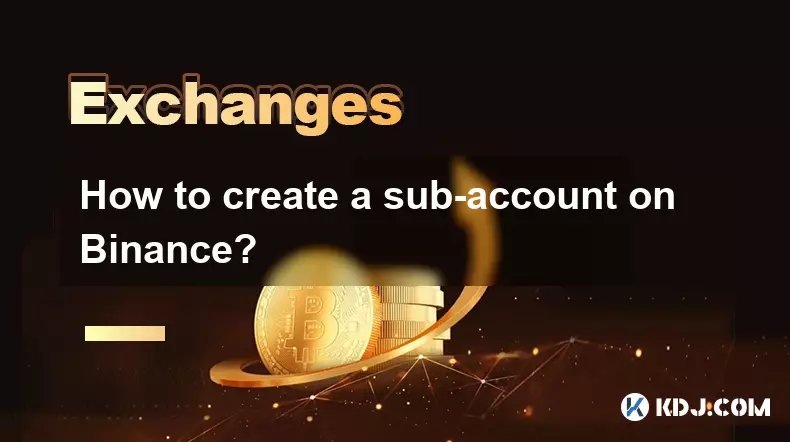
How to create a sub-account on Binance?
Sep 01,2025 at 12:36am
Accessing the Binance Sub-Account Feature1. Log in to your Binance account using your registered email and password. Ensure that two-factor authentica...
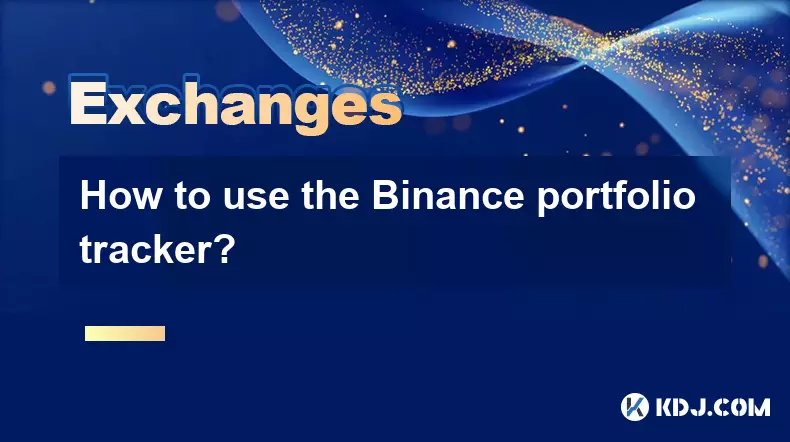
How to use the Binance portfolio tracker?
Sep 01,2025 at 01:00pm
Understanding the Binance Portfolio Tracker1. The Binance portfolio tracker is a powerful tool designed to help users monitor their cryptocurrency inv...
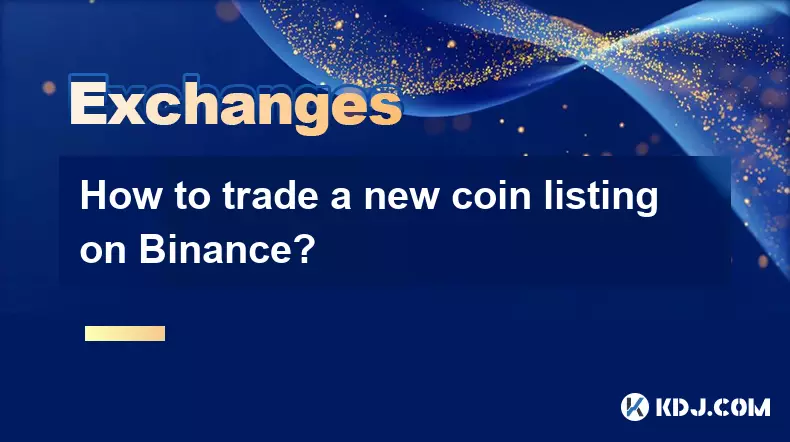
How to trade a new coin listing on Binance?
Aug 29,2025 at 11:14am
Understanding the Pre-Listing Phase1. Research the project thoroughly before any listing announcement. Whitepapers, team backgrounds, and community se...
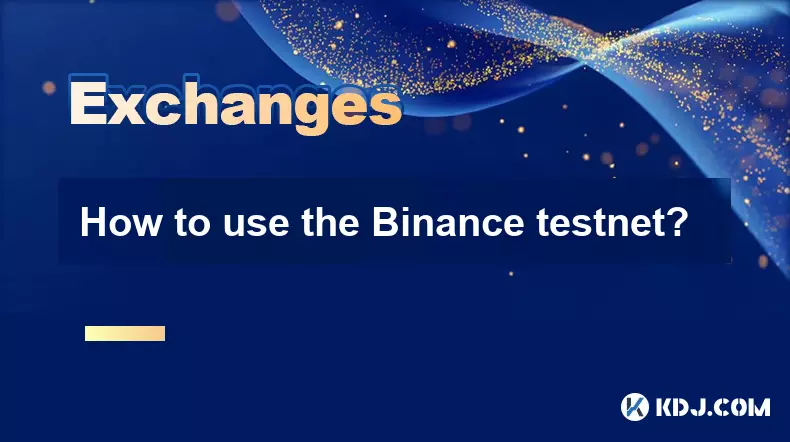
How to use the Binance testnet?
Aug 31,2025 at 02:19am
Understanding the Binance Testnet Environment1. The Binance testnet is a simulated version of the Binance Smart Chain (BSC) that allows developers and...

How to understand the funding rate in Binance Futures?
Sep 03,2025 at 06:00pm
What Is Funding Rate in Binance Futures?1. The funding rate is a mechanism used in perpetual futures contracts to align the contract price with the un...

How to get your funds back if you sent to the wrong address on Binance?
Sep 02,2025 at 04:54pm
Understanding the Risks of Sending Funds to the Wrong Address1. Cryptocurrency transactions on blockchains like Bitcoin, Ethereum, and Binance Smart C...

How to create a sub-account on Binance?
Sep 01,2025 at 12:36am
Accessing the Binance Sub-Account Feature1. Log in to your Binance account using your registered email and password. Ensure that two-factor authentica...

How to use the Binance portfolio tracker?
Sep 01,2025 at 01:00pm
Understanding the Binance Portfolio Tracker1. The Binance portfolio tracker is a powerful tool designed to help users monitor their cryptocurrency inv...

How to trade a new coin listing on Binance?
Aug 29,2025 at 11:14am
Understanding the Pre-Listing Phase1. Research the project thoroughly before any listing announcement. Whitepapers, team backgrounds, and community se...

How to use the Binance testnet?
Aug 31,2025 at 02:19am
Understanding the Binance Testnet Environment1. The Binance testnet is a simulated version of the Binance Smart Chain (BSC) that allows developers and...

How to understand the funding rate in Binance Futures?
Sep 03,2025 at 06:00pm
What Is Funding Rate in Binance Futures?1. The funding rate is a mechanism used in perpetual futures contracts to align the contract price with the un...

How to get your funds back if you sent to the wrong address on Binance?
Sep 02,2025 at 04:54pm
Understanding the Risks of Sending Funds to the Wrong Address1. Cryptocurrency transactions on blockchains like Bitcoin, Ethereum, and Binance Smart C...
See all articles

























![Litecoin Price Prediction [LTC Crypto Price News] Litecoin Price Prediction [LTC Crypto Price News]](/uploads/2025/09/03/cryptocurrencies-news/videos/litecoin-price-prediction-ltc-crypto-price-news/68b83c0a82563_image_500_375.webp)































































